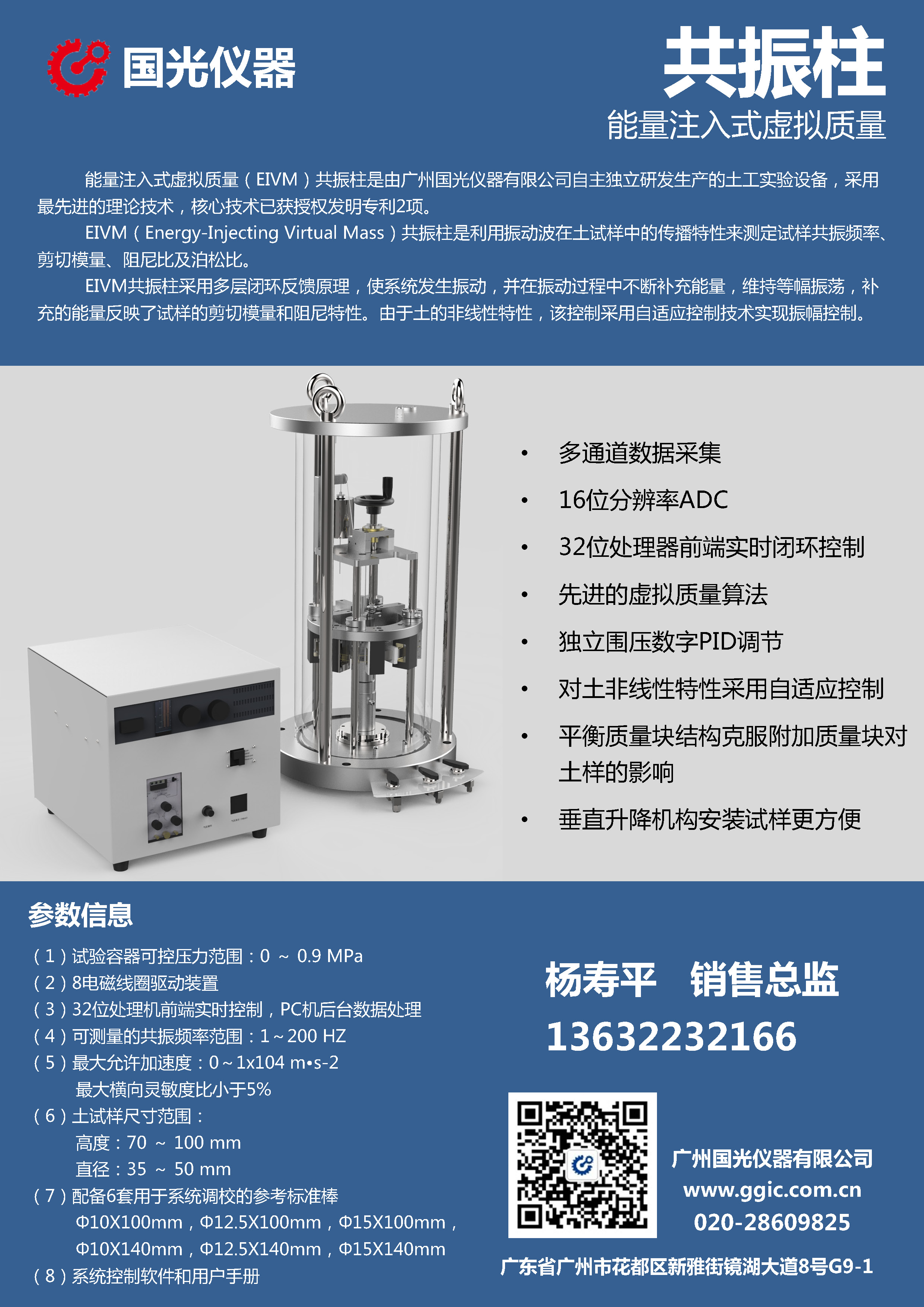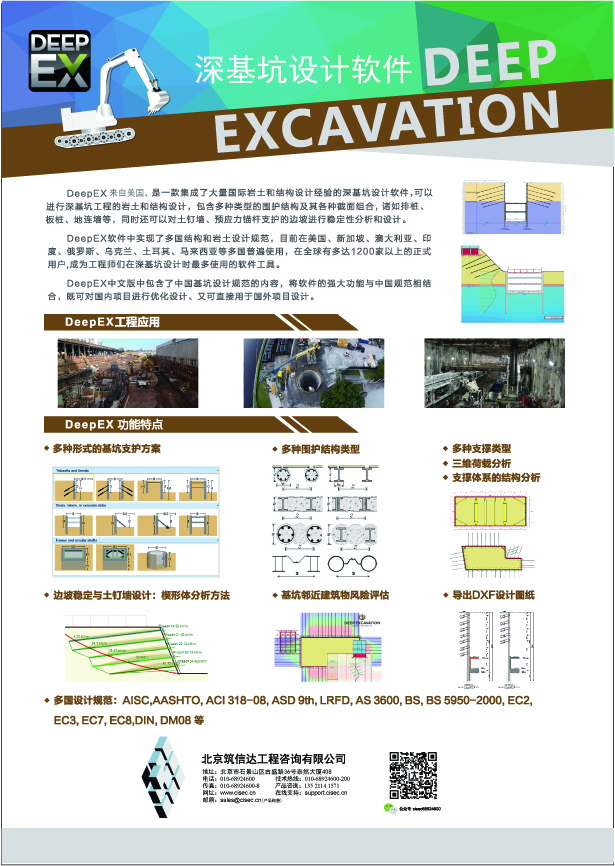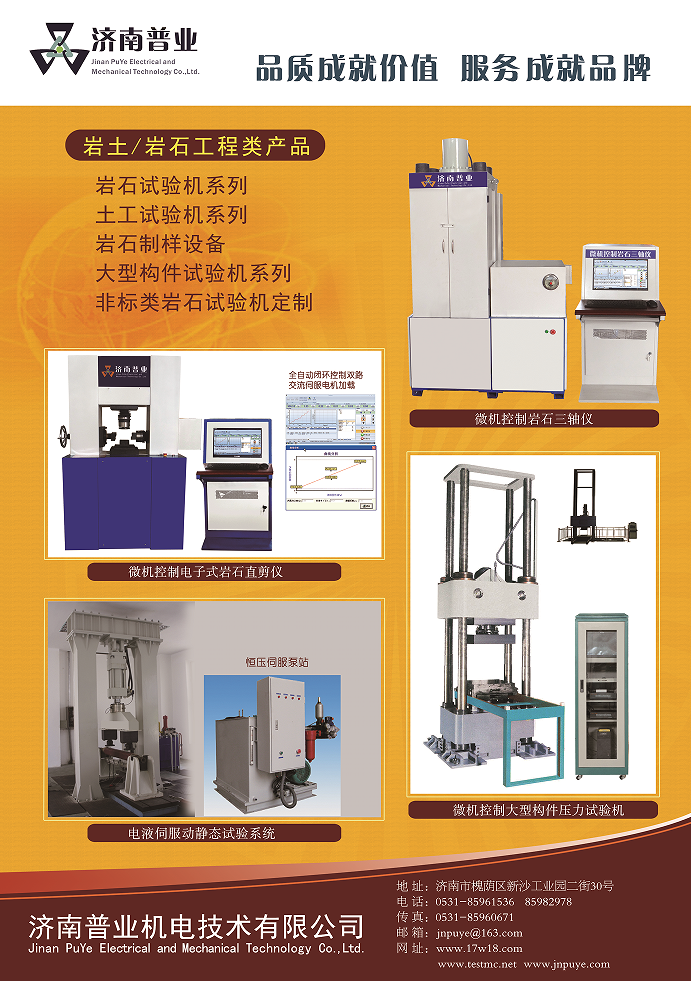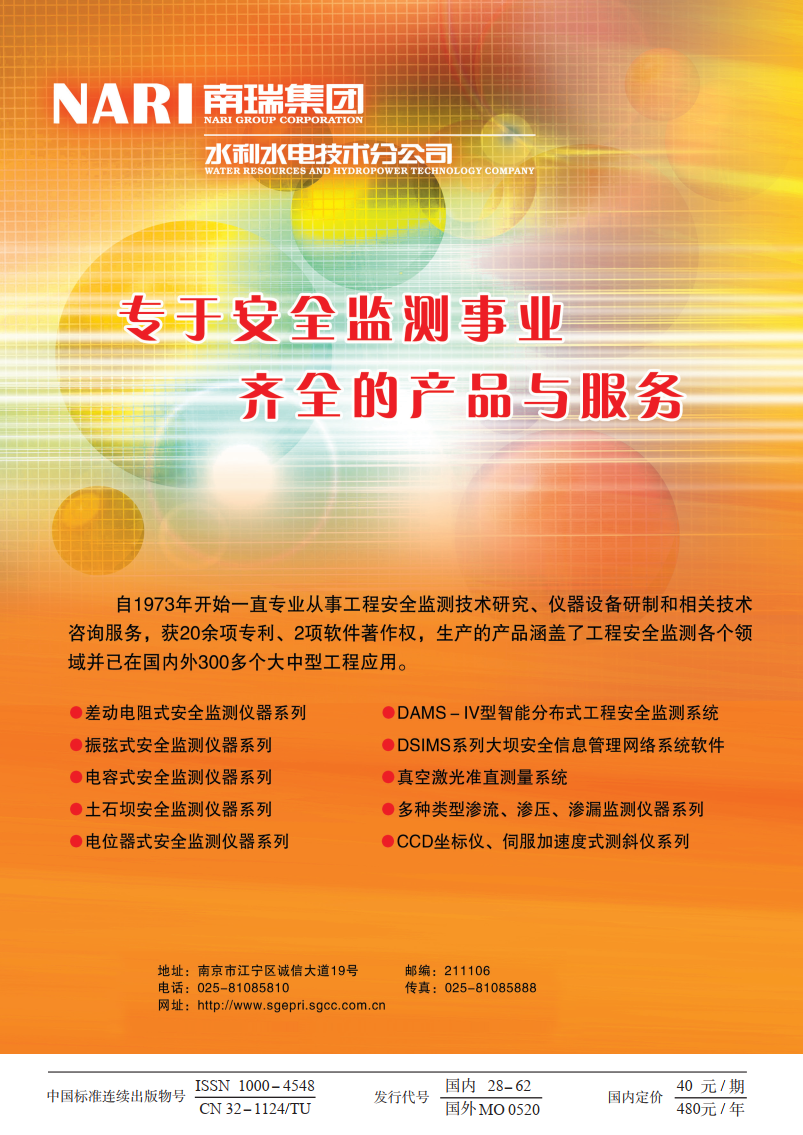| [1] |
HASHIGUCHI K. Constitutive equations of elastoplastic materials with elastic-plastic transition[J]. Journal of Applied Mechanics, ASME, 1980, 47 (2): 266 – 272.
|
| [2] |
GUDEHUS G. A comparison of some constitutive laws for soils under radially symmetric loading and unloading[C]// WITTKE W, ed. Proceedings of the 3rd International Conference on Numerical Methods in Geomechanics. Rotterdam: A. A. Balkema, 1979: 1309 – 1324.
|
| [3] |
WU W, KOLYMBAS D. Numerical testing of the stability criterion for hypoplastic constitutive equations[J]. Mechanics of Materials, 1990, 9 (3): 245 – 253.
|
| [4] |
TAMAGNINI C, VIGGIANI G, CHAMBON R, et al. Evaluation of different strategies for the integration of hypoplastic constitutive equations: application to the CLoE model[J]. Mechanics of Cohesive-Frictional Materials, 2000, 5 (4): 263 – 289.
|
| [5] |
HUANG W X, WU W, SUN D A, et al. A simple hypoplastic model for normally consolidated clay[J]. Acta Geotechnica, 2006, 1 (1):15 – 27.
|
| [6] |
ROYIS P, DOANH T. Theoretical analysis of strain response envelopes using incrementally non-linear constitutive equations[J]. International Journal for Numerical and Analytical Methods in Geomechanics, 1998, 22 (2):97 – 132.
|
| [7] |
TAMAGNINI C, CALVETTI F, VIGGIANI G. An assessment of plasticity theories for modeling the incrementally nonlinear behavior of granular soils[J]. Journal of Engineering Mathematics, 2005, 52 (1): 265 – 291.
|
| [8] |
DUNCAN J M, CHANG C Y. Nonlinear analysis of stress and strain in soils[J]. Journal of the Soil Mechanics and Foundations Division, ASCE, 1970, 96 (SM5): 1629 – 1653.
|
| [9] |
SCHOFIELD A N, WROTH C P. Critical state soil mechanics[M]. London: McGraw-Hill, 1968.
|
| [10] |
ROSCOE K H, BURLAND J B. On the generalized stress- strain behavior of “wet” clay[M]// HEYMAN J, LECKIE F A, eds. Engineering Plasticity . Cambridge: Cambridge University Press, 1968: 535 – 609.
|
| [11] |
GUDEHUS G. A comprehensive constitutive equation for granular materials[J]. Soils and Foundations, 1996, 36 (1): 1 – 12.
|
| [12] |
BAUER E. Calibration of a comprehensive hypoplastic model for granular materials[J]. Soils and Foundations, 1996, 36 (1): 13 – 26.
|
| [13] |
DARVE F, LABANIEH S. Incremental constitutive law for sands and clays: simulations of monotonic and cyclic tests[J]. International Journal for Numerical and Analytical Methods in Geomechanics, 1982, 6 (2): 243 – 275.
|
| [14] |
TRUESDELL C. Hypo-elasticity[J]. Journal of Rational Mechanics and Analysis, 1955, 4 (1): 83 – 133.
|
| [15] |
KOLYMBAS D. Introduction to hypoplasticity[M]. Rotterdam: A. A. Balkema, 2000.
|
| [16] |
DAFALIAS Y F. Bounding surface plasticity. I: Mathematical foundation and hypoplasticity[J]. Journal of Engineering Mechanics, ASCE, 1986, 112 (9): 966 – 987.
|
| [17] |
HERLE I, GUDEHUS G. Determination of parameters of a hypoplastic constitutive model from properties of grain assemblies[J]. Mechanics of Cohesive-Frictional Materials, 1999, 4 (5): 461 – 486.
|
| [18] |
LI X S, DAFALIAS Y F. A constitutive framework for anisotropic sand including non-proportional loading[J]. Géotechnique, 2004, 54 (1): 41 – 55.
|
| [19] |
WU W, NIEMUNIS A. Beyond failure in granular materials[J]. International Journal for Numerical and Analytical Methods in Geomechanics, 1997, 21 (3): 153 – 174.
|








 下载:
下载:
